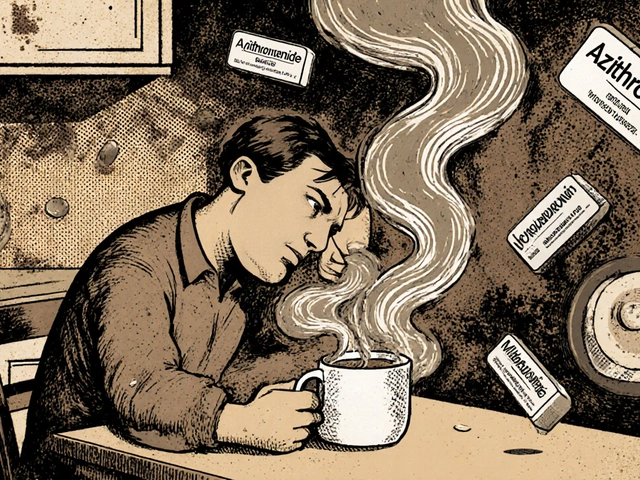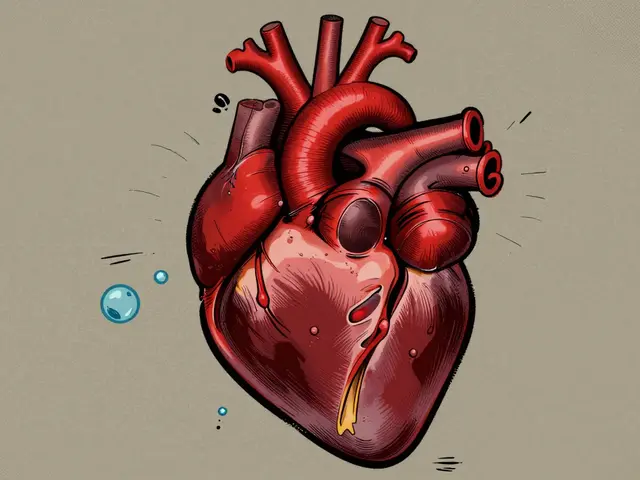Pain management: practical tips, meds, and real alternatives
Pain is a signal, not just an annoyance. Want to stop it fast or manage it long-term? Start by figuring out what kind of pain you have (sharp, dull, burning, or aching) and whether it’s new, getting worse, or part of a long-term problem. That helps decide what works best.
Quick drug guide
For short-term pain, over-the-counter options like ibuprofen (Motrin-type), naproxen, or acetaminophen are often useful. They work differently: NSAIDs (ibuprofen, naproxen, celecoxib/Celebrex) reduce inflammation and swelling, while acetaminophen eases pain but doesn’t lower inflammation. Prescription drugs exist too — from stronger NSAIDs to other classes used for arthritis or nerve pain. Always check interactions (for example, NSAIDs and some blood thinners) and watch for stomach or heart-related side effects with long-term NSAID use. If a medication isn’t helping or causes side effects, talk to your clinician about alternatives shown on this site.
Non-drug strategies that actually help
Medications are only one part of pain control. Try simple, low-risk approaches first or alongside meds: targeted movement or physical therapy, heat for tight muscles, ice for new injuries, and gentle stretching. Improving sleep, managing stress, and losing a few pounds can lower pain a lot for conditions like back pain or arthritis.
Mind-body tools matter: short daily walks, breathing exercises, and mindfulness reduce pain flare-ups by calming the nervous system. For chronic pain, cognitive behavioral therapy (CBT) often helps people change how they respond to pain, reducing its impact on daily life.
Consider device and delivery changes too. For example, switching inhalers doesn’t directly treat most pain, but better overall health and fewer side effects from other conditions can improve how you feel. And when topical options exist (creams, gels, patches), they can target pain locally without systemic drug exposure.
Don’t ignore red flags. See a doctor right away for sudden severe pain, high fever, loss of function, numbness, or signs of infection. If pain keeps you from working or sleeping, or if standard treatments don’t help, seek a specialist — pain clinics offer targeted options like injections, nerve blocks, or tailored rehab plans.
Want practical next steps? Keep a short pain diary (when it hurts, what makes it better/worse), try one non-drug strategy for two weeks, and if needed, review meds with your provider. Check our site’s articles for specifics on Motrin, Celebrex, piroxicam, and alternatives to common treatments — real-world advice to help you feel better without guesswork.

Gout pain is brutal— burning, throbbing, and often waking you in the middle of the night. Diclofenac sodium is one NSAID doctors hand out for relief, but how well does it really work? This article breaks down how diclofenac targets pain and swelling in gout, what you should watch out for, and how to use it safely. You'll also find handy tips for better results and advice on talking to your doctor about using diclofenac when gout flares happen.
Continue Reading





